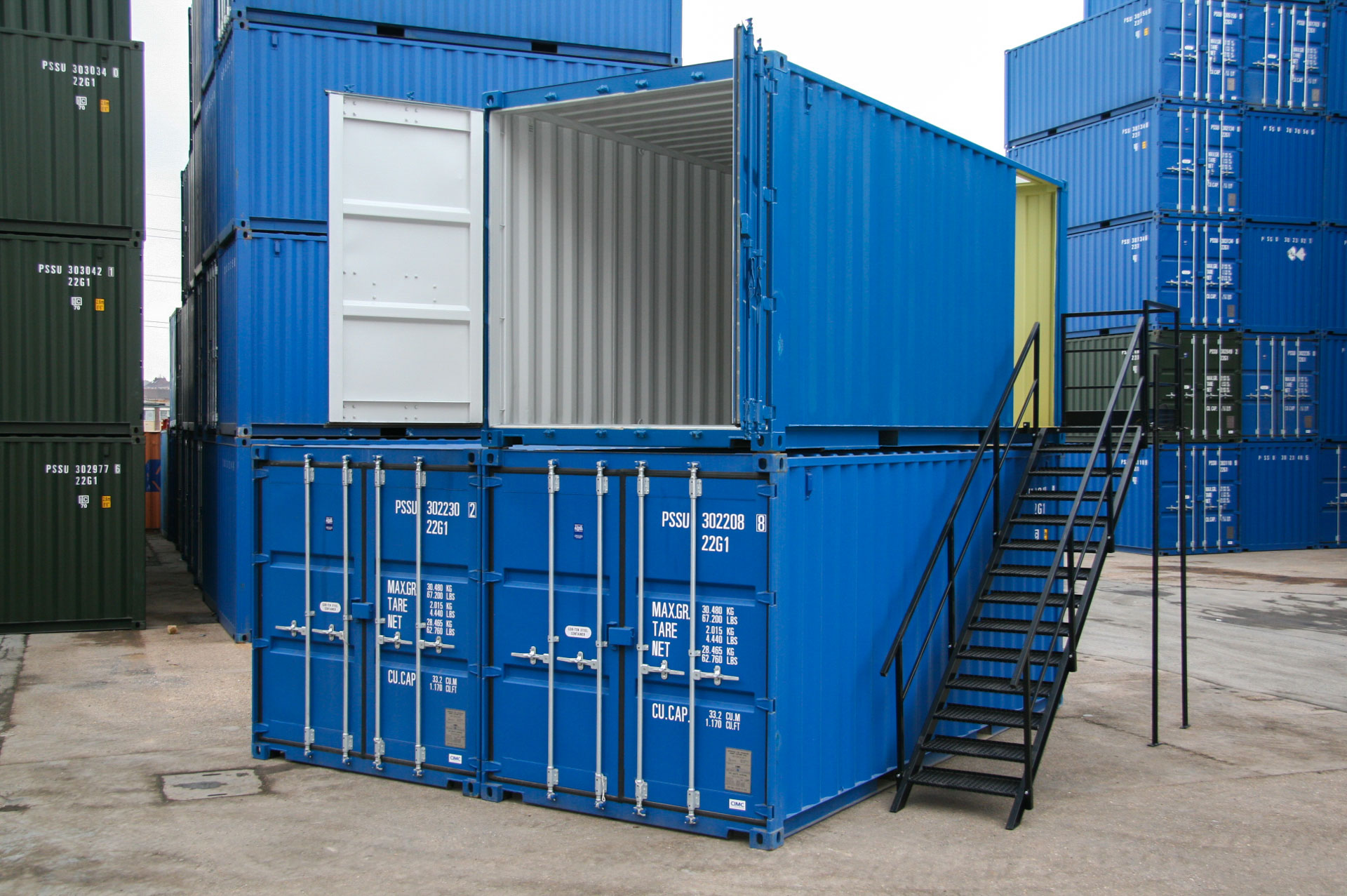How Was The Shipping Container Invented?
A shipping container is a box designed to be robust enough to withstand shipment, storage, and handling. They have existed for over 50 years, and the invention of the intermodal container transformed the freight industry, by allowing goods to be moved from one mode of transport to another without unloading and reloading.
The invention of the standard shipping container
Previously, cargo was shipped in wooden crates, pallets, and boxes, and loading was a slow and labour-intensive business. The invention of the modern shipping container is widely credited to an American businessman named Malcolm McLean in 1952. He was motivated by a desire to speed up the movement of goods and cut costs.
Mclean developed a prototype steel container of uniform size, which had reinforced corners, allowing them to be stacked without causing damage. They were easy to load and very secure. Soon the containers were in great demand, and harboursides were transformed into container ports.
The modern ISO container
The International Maritime Organisation (IMO) issued standards for shipping containers between 1968 and 1970. This means that ISO certified containers are designed, manufactured and tested to the standards of the International Standards Organisation in relation to size, strength, and quality.
All ISO containers are intended for multimodal transportation, meaning they can easily be transferred between road, rail, or sea freight without the need to unload and reload. They are durable, strong, and stackable, as well as being relatively easy to manufacture. Today, there are millions of shipping containers in circulation.
Different sizes of container
The most common ISO lengths of shipping containers are 8ft, 10ft, 20ft, and 40ft, although they can be up to 56ft long. Standard containers of variable lengths are 8ft wide by 8ft 6 in high, although there are variations for different types. It is estimated that 90% of the world’s containers are 20ft or 40ft in length.
There is some variation in the size of the standard containers, with the ‘high cube’ version measuring 9ft 6 in in height to allow for the accommodation of taller cargo without the need to dismantle it.
Different types of container
It is thought that 90% of the world’s container fleet are general purpose dry freight containers. These are rectangular closed boxes with a door at one end. They are typically made of corrugated weathering steel with a plywood floor. The corrugated sheet metal greatly enhances the strength, durability, and stackability of the box.
Standard containers are available with multiple vents to allow for the transportation of organic products. Different types of loading access are also available, with open sided containers allowing for the loading of longer cargo without the need to dismantle the products. Double door containers have a door at both ends for more flexible access.
Temperature controlled containers, either heated, insulated, or refrigerated, allow for the shipment of perishable goods. Tank containers are suitable for the transportation of liquids, gases, and powders. Bulk containers can either be closed or have open top lids, and are often used to transport coal, rubbish, or recycling materials.
If you are looking for container leasing companies in the UK, please contact us today.

